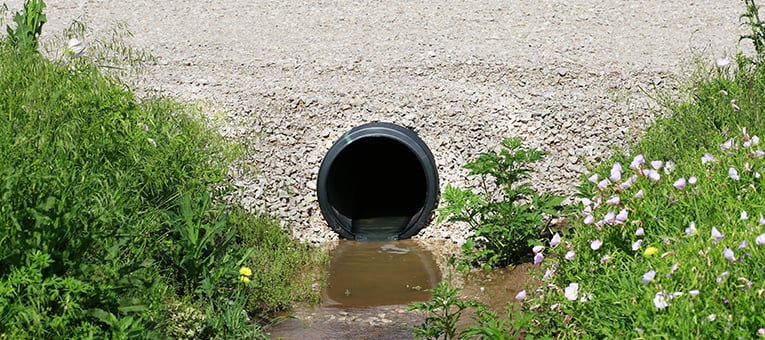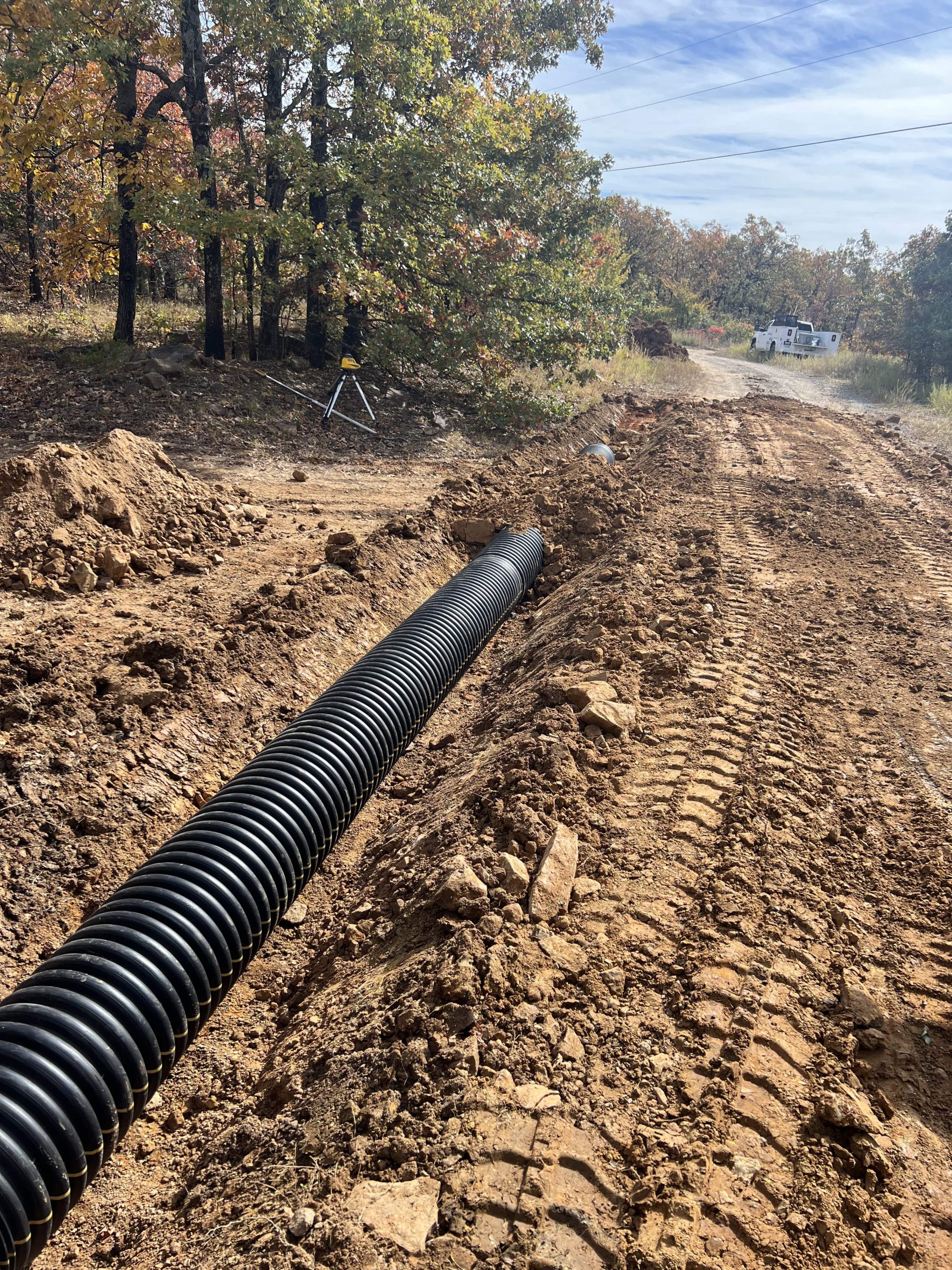Culvert Installation Made Easy: Step-by-Step Overview for Success
Installing culverts may appear like a simple task, but guaranteeing a successful result needs mindful preparation and implementation. From selecting the suitable culvert dimension to integrating appropriate drainage procedures, each action in the setup process plays an essential role in the capability and longevity of the culvert system. By following a systematic strategy and focusing on essential information, the setup can proceed efficiently, reducing potential problems down the line. Stay tuned to reveal the important actions and factors to consider that can make culvert installment a seamless and effective venture.
Selecting the Right Culvert Size
Selecting the appropriate culvert size is important for guaranteeing efficient water circulation and structural stability in culvert installment tasks - Pad Construction. The size of the culvert directly affects the circulation capability of water through the structure. A culvert that is as well small can cause flooding and overflow, while one that is too huge may cause decreased water speed, possibly causing sediment build-up and clogs
To figure out the right culvert dimension, aspects such as the watershed area, optimal circulation rates, and hydraulic performance need to be carefully thought about. Computations based on these specifications assist in picking a dimension that can sufficiently handle the expected water quantity while decreasing the risk of blockages and architectural failing.
It is important to get in touch with engineering guidelines and requirements to ensure that the selected culvert dimension fulfills the project demands and regional policies (Pad Construction). By selecting the right culvert size, task supervisors can maximize water flow, avoid prospective concerns, and boost the overall performance and longevity of the culvert setup
Preparing the Installation Website
Reliable culvert installment demands meticulous prep work of the setup website to make sure optimum architectural support and capability. Prior to commencing the installment procedure, it is important to get rid of the site of any debris, greenery, or obstructions that can restrain the culvert's placement. Making sure a degree structure is essential for the appropriate alignment and security of the culvert. This may include grading the site to produce a smooth, also surface that can properly sustain the weight of the culvert and any type of anticipated lots. Additionally, appropriate compaction of the soil beneath the culvert is essential to avoid clearing up or changing in time.
Additionally, it is necessary to take into consideration elements such as dirt composition, groundwater levels, and ecological effects when preparing the setup site. Performing a detailed site evaluation can help recognize any kind of prospective challenges or threats that might impact the culvert's efficiency. By putting in the time to prepare the setup site properly, you can aid ensure an effective culvert installment that meets structural demands and makes sure long-term capability.
Placing the Culvert Correctly

The grade at which the culvert is placed is crucial for preserving a correct incline for water circulation. In addition, the culvert ought to be oriented properly to make sure that the inlet and electrical outlet are in the proper locations. Pad Construction.
Backfilling and Compacting the Dirt
Appropriate backfilling and compaction of the dirt around the culvert is essential to make certain stability and prevent potential concerns in the future. Once the culvert is properly placed, the next critical action is to backfill the area around it with suitable material. The backfill product must be without rocks, particles, and organic matter to stay clear of damages to the culvert. It is recommended to make use of granular product such as sand or crushed rock for backfilling, as it offers great drain and compaction residential or commercial properties.
After positioning the backfill material, it is essential to portable it in layers of uniform density. Using a compactor or a mechanical tamper, portable the soil gently to avoid damaging the culvert. Compaction helps in decreasing the helpful hints chances of settlement and ensures consistent assistance around the culvert. It is important to compact the dirt evenly on all sides of the culvert to preserve its structural integrity.
Proper backfilling and compaction not only supply stability to the culvert however additionally aid in preventing dirt erosion and keeping the durability of the culvert system.
Making Certain Correct Drainage Integration
Incorporating effective water drainage services plays a crucial role in the general capability and long life of culvert setups. Correct water drainage combination is essential for managing water flow, preventing erosion, and making sure the architectural honesty of the culvert system. To accomplish this, it is crucial to make an extensive drain plan that considers elements such as the quantity of water expected, the topography of the location, and the kind of dirt present.

In addition, including attributes like disintegration control steps, such as riprap or plants, can further improve the effectiveness of the drain system. By carefully planning and applying these water drainage remedies, culvert installments can function efficiently and hold up against the examination of time.
Verdict
To conclude, appropriate culvert setup is important for maintaining effective drainage systems. By choosing the best culvert size, preparing the installment site, placing the culvert appropriately, backfilling and compacting the dirt, and ensuring correct water drainage assimilation, success can be attained. Adhering to these actions will help guarantee the long life and performance of Home Page the culvert, eventually adding to the total success of the water drainage system.